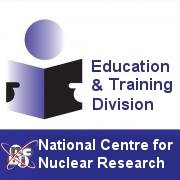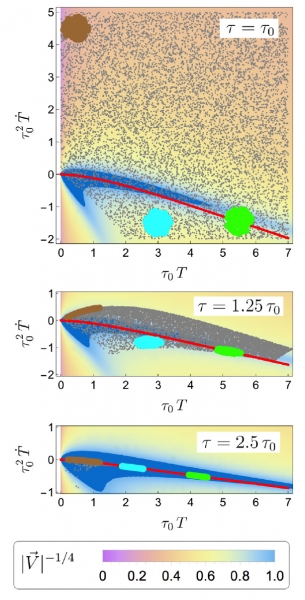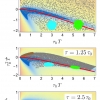Quark-gluon plasma and hydrodynamic attractor
2020.09.25 15:32 - Marek PawłowskiThe last issue of PRL has published a paper on the use of the known from thermodynamics concept of a hydrodynamic attractor to analyze the formation processes of quark-gluon plasma. Professors Michał Spaliński and Michał Heller (BP2) together with Victor Svensson, doctoral student at NCBJ and Ro Jefferson from Max Planck Institute in Potsdam argue that their approach is well suited to treatment by machine learning techniques.
This week's issue of Physical Review Letters has published a paper titled "Hydrodynamic Attractors in Phase Space." Its authors are three scientists from the NCBJ Theoretical Physics Division and their co-author from the Max Planck Institute in Potsdam. Professor Michał Spaliński describes the essence of the presented result as follows:
„Fluids in equilibrium can be described by very few parameters, such as temperature. They may reach this simple condition starting from very complex initial states which could require a vast amount of information to fully specify. This initial state information is almost entirely lost in the process of attaining equilibrium, but the precise way this happens is fascinating and not completely understood.
Our studies were motivated by the physics of quark-gluon plasma which is created in nuclear collision experiments in highly complex non-equilibrium initial states. The dynamics of this fluid will teach us a lot about the strong nuclear force.
Our earlier studies uncovered surprisingly universal behaviour setting in while the fluid is still very far from equilibrium - this phenomenon is now referred to as the "hydrodynamic attractor". In our work we propose a way to track the emergence of such universality by considering a large number of histories of the system, corresponding to different initial conditions. In simple models we have shown that this can be used to visualise the process of information loss. Crucially, we also show that in more complicated situations our approach is well suited to treatment by machine learning techniques.”
Full text of the paper
"Hydrodynamic Attractors in Phase Space"
by Michal P. Heller (Max Planck Institute for Gravitational Physics and NCBJ), Ro Jefferson (Max Planck Institute for Gravitational Physics), Michał Spaliński (University of Białystok and NCBJ), and Viktor Svensson ( NCBJ and Max Planck Institute for Gravitational Physics),
Phys. Rev. Lett. 125, 132301 is available at
https://journals.aps.org/prl/abstract/10.1103/PhysRevLett.125.132301


















